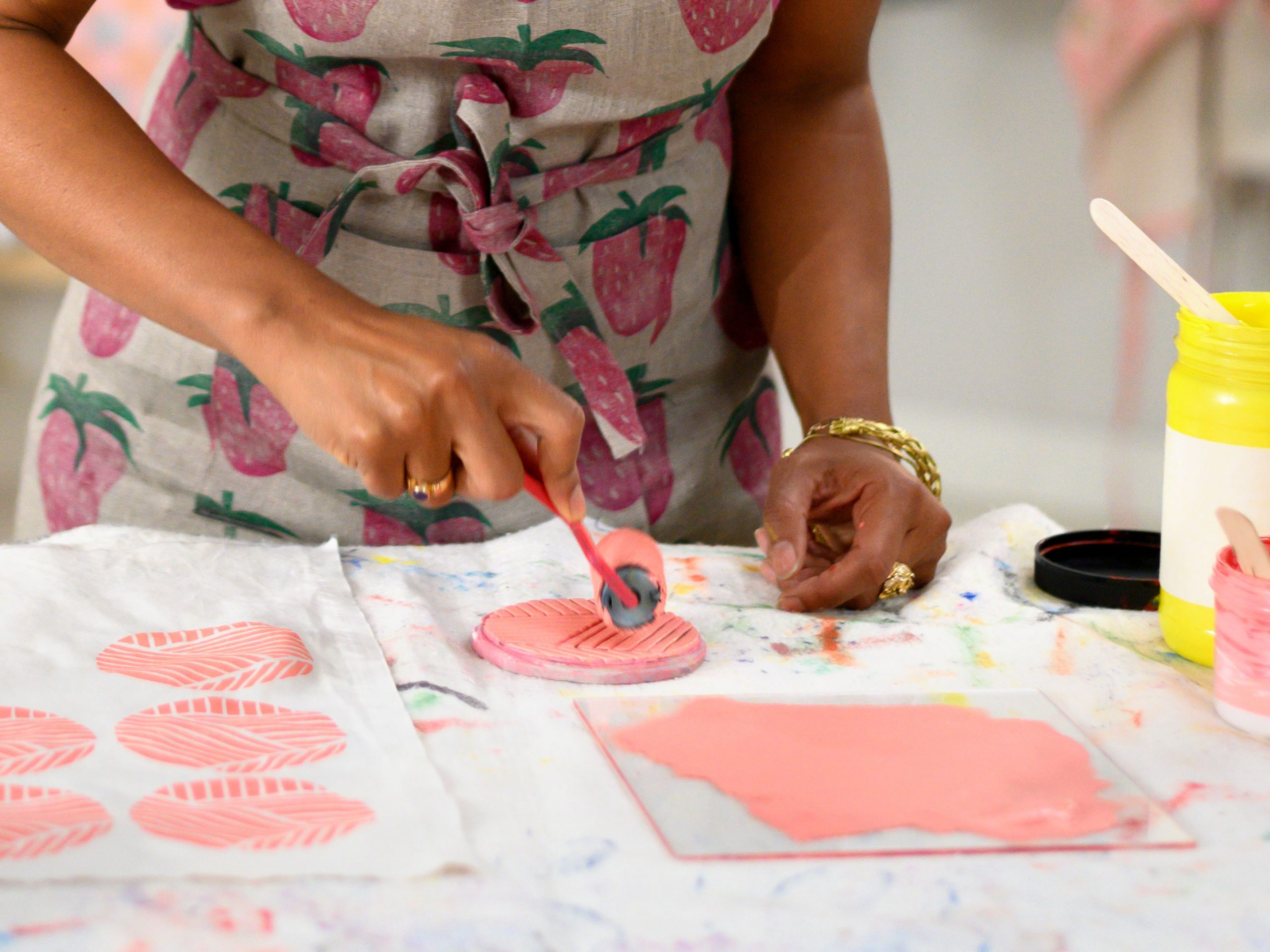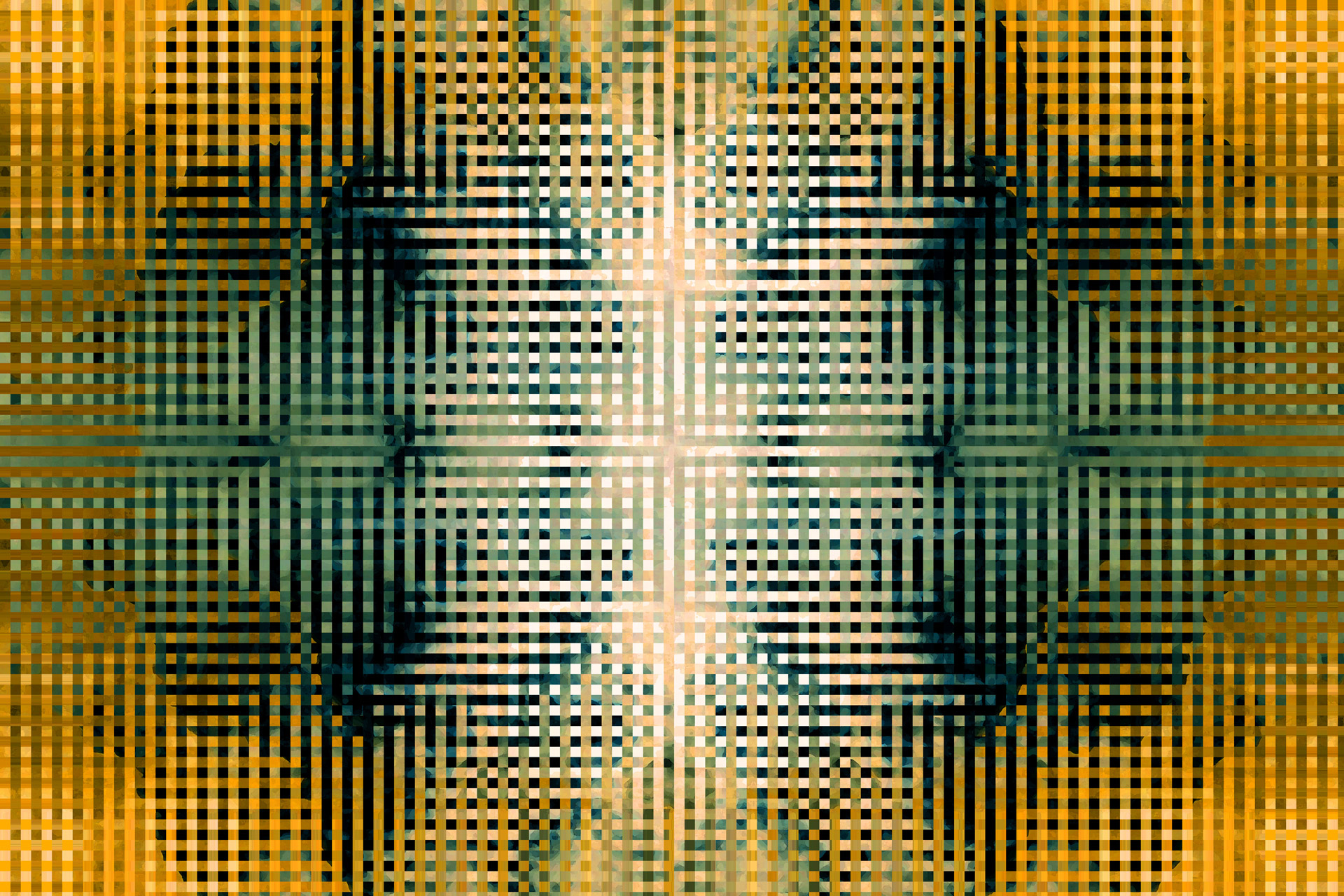Table Of Content

If you’ve ever wanted to learn how to block print fabric, bookmark this post! One of the things interior designers and decorators, and homeowners in general, find most appealing about block print is the organic feel it creates on the canvas. While the print itself remains the same, and not as organic as, say, a design that is free-handed over and over again, the technique will naturally create some discrepancy between one print and the next. Slowly pull the block up from the paper and set the block aside. There may be parts of the negative space areas that need to be carved down a little more. Even in the twenty-first century, artists, designers, and enthusiasts all around the world continue to employ block printing.
Process
Water based fabric printing ink can be dry in just 24 hours (or even just overnight) and is permanent for fabrics, just like oil based inks. Block printing is the relief process of printing onto fabric or paper using a hand-cut block, made of wood or linoleum. If you’re just starting out, this guide will show you everything you need to know to get started with block printing. As we mentioned, block printing is an ancient practice. It was one of the first techniques any civilisation had for covering large areas of fabric or paper quickly, and represents an incredible feat of early engineering that continues to hold significance today. This step is for you if you are working on the thin grey linoleum sheet.
Block printing on fabric – a step by step guide
What Comes After Checkerboard? We Predict This Pattern Is Going to Take Over - Domino
What Comes After Checkerboard? We Predict This Pattern Is Going to Take Over.
Posted: Thu, 09 Dec 2021 08:00:00 GMT [source]
In general you’re going to want a nice thick and pigmented ink. If you’re printing on dark colors, you’ll also want to make sure your ink is opaque as well. The linoleum is actually exactly the same, but they give you different options depending on how you like to print.
Optional Step 4: Cut Out Your Design From Your Linoleum Sheet
How a 4000 Year Old Textile Became a Beloved—and Ubiquitous—Design Accessory - House Beautiful
How a 4000 Year Old Textile Became a Beloved—and Ubiquitous—Design Accessory.
Posted: Wed, 30 Jun 2021 07:00:00 GMT [source]
This type of ink is best applied using a sponge, so you’ll need a selection of those, like THESE, and a tray, like THIS, to squeeze or pour the ink onto (consider this rather like an artist’s pallet board). Finally you’ll need a piece of foam to rest your fabric on, some fabric scraps to practice on, and some kitchen towel and a damp cloth to help keep your hands and the table clean, and you’re good to go. As one of the oldest types of art, it takes has a variety of different forms. Some, like etching, use acid in their process, while others use special screens and squeegees to craft an image. Called block printing, this technique involves you creating a stamp that you press onto paper, cloth, or another material using ink.
Japanese Ukiyo-e woodblock prints
Here’s a brief outline of the process, followed by some of the basic printmaking supplies you’ll need for your first print. Using wood for printmaking remains popular today, with certain synthetic materials like medium-density fiberboard (MDF) making for an excellent and inexpensive substitute. For modern examples with MDF, check out the work of Brian Reedy and Davide Schileo. We carry a collection of digital and analog printing machines to provide our customers with a wide range of printing services no matter the yardage. Get in touch with us to get started, or use the contact form at the bottom of this page to inquire whether our services are right for you. Located in Los Angeles, Royal Textile Print is the largest all-in-one textile printing company in the western United States.
Step 5: Print block design onto fabric (or paper).
Because I have experience stamping fabric, I thought, it would be fun to take it back to ancient times and block print with wood. With a set of real wooden blocks and a dash of chalk paint, I turned these humble flour sack towels into delightful pieces of functional art for my kitchen. The origin of block printing dates far back, seen in India as early as the 12th century. Magnolia’s block print pieces are crafted by talented artisans in India, who use traditional techniques to apply intricately beautiful designs. For the artisans we work with specifically, block printing involves the entire family in a process that has been passed down from parent to child for four generations. Once you know the basics of block printing, the blocks, the inks, the fabrics and papers, you can start learning to develop your own style within the medium.

You can use the trimmed design as your stamping block for printing now. You can also mount your block to a pre-made stamp mount found at craft stores or a wooden toy block. Most of us can learn to block print with the correct tools and equipment, and the resulting designs are worthy of being reproduced as fine art or utilized as fabric or decorative items. The next step is to carve your design into the block using various carving tools. Your first step in creating a blank print is to carve away unwanted details. During carving, take precautions to prevent injury to yourself and the block.
Step 1: Choose Your Quilt-Inspired Block Printing Design
Evolving from Penny Morrison's love for print and pattern, our collection of luxury wallpapers feature a diverse range of styles and palettes. One of the biggest misconceptions in art and craft is that you need to purchase lots of pre-made supplies to be creative. Hopefully, this section will open your eyes to the supplies that you already have around you.
Whether you’re going to be printing on fabric or paper, you’ll still need one basic item to get started, and that is your carving block. Block printing has a long history that spans thousands of years. Originating in East Asia, the technique existed in China as early as the 2nd century CE; one of the earliest surviving woodblock printings was done before 220 CE. Images and text were cut into blocks of wood and printed on silk cloth.
And getting the hang of exactly how hard I need to press the blocks onto the foam block to get a clean print each time. Block Printing Bootcamp is my online block printing course for complete beginners and experienced artists who want to design their own custom fabrics from scratch. If you block printed on fabric, your projects will take a little longer to dry before you’ll be able to set them. I like to set up a little mini clothesline inside and clothespin the very edges of my fabric to the string. When it comes to block printing on fabric, you can use your finished printed fabrics for just about anything fabric related. The ancient skill of block printing has been used for centuries to print stunning, one-of-a-kind designs on a wide variety of substances.
If using fabric block printing ink as suggested above, once the ink is dry it is permanently on the fabric. This ink requires no heat setting to get a permanent result. Speedball’s Fabric Block Printing Inks dry to the touch overnight, however you need to allow the ink to fully cure for 7 days before washing.Clean-up is a breeze! Trust me it will make your project go more smoothly and be more enjoyable is you plan your design now. I recommend using simple designs when you first start fabric printing. They don't have this pink on any more but they do have this beautiful blue block print tablecloth.
For complex patterns, printers will make an intricate grid of thread and pins to guide the registration and repeat. Apply solid pressure using your baren, being careful to not shift the block. If you don’t have a baren, any good solid object will work—try your tailor's clapper, a flat glass bottle, or just your hand. I love this vintage bedroom makeover we did in my daughters room. See how block print has charmingly written all over it. Just think how beautiful it will be to make your own block-printed tablecloth.
The trick when working with wood is using a hard, tight-grained material. Porous woods like oak and softwoods like pine and cedar are less suitable, as they won’t retain such fine detail. Fruit woods like pear and cherry are common historical choices, but many more types are viable when mounted on a plywood base.

No comments:
Post a Comment